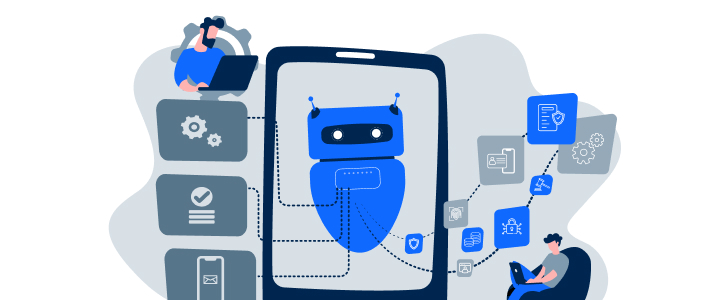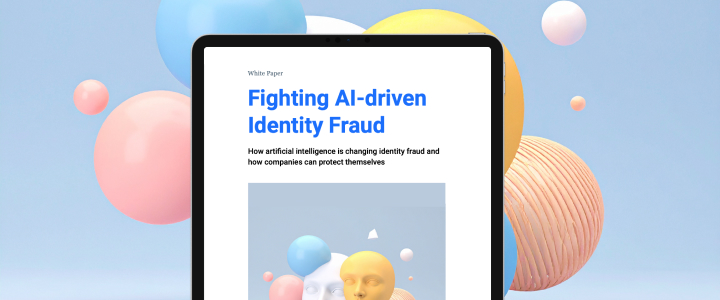“Thanks to RPA, employees have more time for the really important work”
So what exactly is a hackathon?
Hackathons are events in which teams of software and hardware engineers work together to come up with a solution for a given problem. In the automation community especially, these hackathons are now common practice, and have established themselves as an efficient tool for driving innovation, promoting creativity and collaboration, and getting employees to test new technologies.
What are the benefits of an automation hackathon for clients?
Hackathons can offer companies lots of different benefits: it’s about achieving corporate goals efficiently and effectively, promoting awareness and acceptance of process/application automation, and upskilling internal resources in automation. Specifically, our clients learn to recognize and exploit the value of various areas of automation – RPA, process & task mining, AI software robots, etc.
Why is RPA of particular interest to the public sector?
Thanks to RPA and AI, employees spend less time on repetitive administrative work, giving them more time for work that requires analytical or conceptual thinking. Management boards and other public institutions of all sizes have to strike a better balance between tight budgets and staff shortages and the expectations of citizens, whilst also dealing with an aging workforce, an isolated infrastructure, and security threats. Initiatives for the digital transformation of the public sector have been seeking to overcome these challenges for some time now. The most recent study by the EU Commission1 reveals that 66 percent of citizen-related basic services in Switzerland still rely on paper. This administrative burden prevents employees from spending their time, energy, and creativity on strategic work or engaging directly with citizens. Compared to other EU states such as Germany and Austria, as well as to the private sector, Switzerland still has plenty of room for improvement in some areas.
Earlier you mentioned the aging workforce. Is that a general problem?
Like other western states, Switzerland is facing a major demographic challenge in the form of an aging population. Since Covid-19 came along, many authorities have held hackathons with UiPath to apply existing resources more efficiently. Our RPA platform can, in future, help to make up for increasing staff shortages and help the public sector deliver more and better services for citizens.
Ok, but aren’t hackathons really events for software engineers or tech-heads? How does it work with non-hackers?
There are two possible approaches: Either all participants automate the same process, which has been selected by both the customer and by us. Or, we and the employees qualify their own particular automation idea, and then everyone builds their own software robot. The time for automation and coaching is between four and six hours depending on the case. The winning solution is the one that best meets all the functionalities specified. The individual developers or teams then have a total of one month to set up the process automation. All participants, however, must successfully complete the basic, free Studio/StudioX training course at the Academy. A hackathon with UiPath and ti&m is an investment; bringing the automation community new members, training them up, and inspiring them in the infinite possibilities offered by automation and AI.
An HR or marketing expert involved in software development? Wouldn’t customers rather leave software development to the professionals?
Building a software robot is the goal of the most advanced groups and encompasses process selection, meetings to brief people on the hackathon work, and a few face-to-face meetings for developers.
So there are separate groups for advanced participants and beginners, then?
Exactly. We call the two approaches “RPA Pocket Knife” and “RPA Toolbox”. They can both be combined depending on the client’s requirements: Through the easy-to-use user interface – the “Pocket Knife” for non-hackers – anyone can automate their own daily routine tasks, and focus on their own work. With the “Toolbox” approach, activities undertaken by non-hackers can be monitored, evaluated, and, if need be, transferred to more comprehensive projects by the pros.
Summarized
Interested in a hackathon with UiPath and ti&m?
Consider the following points to help you formulate a clear goal and clarify the advantages of an RPA hackathon:
- Think carefully about whether you would like to invest in this kind of employee participation.
- Define your expectations as regards the benefits for your organization, employees, managers, IT department, and customers.
- Clarify your options concerning the process and what support is needed from your organization’s executives.
ti&m special e-government
What about the digital transformation of the public service? In our magazine ti&m special, we asked further digitalization experts from politics and government. to download





